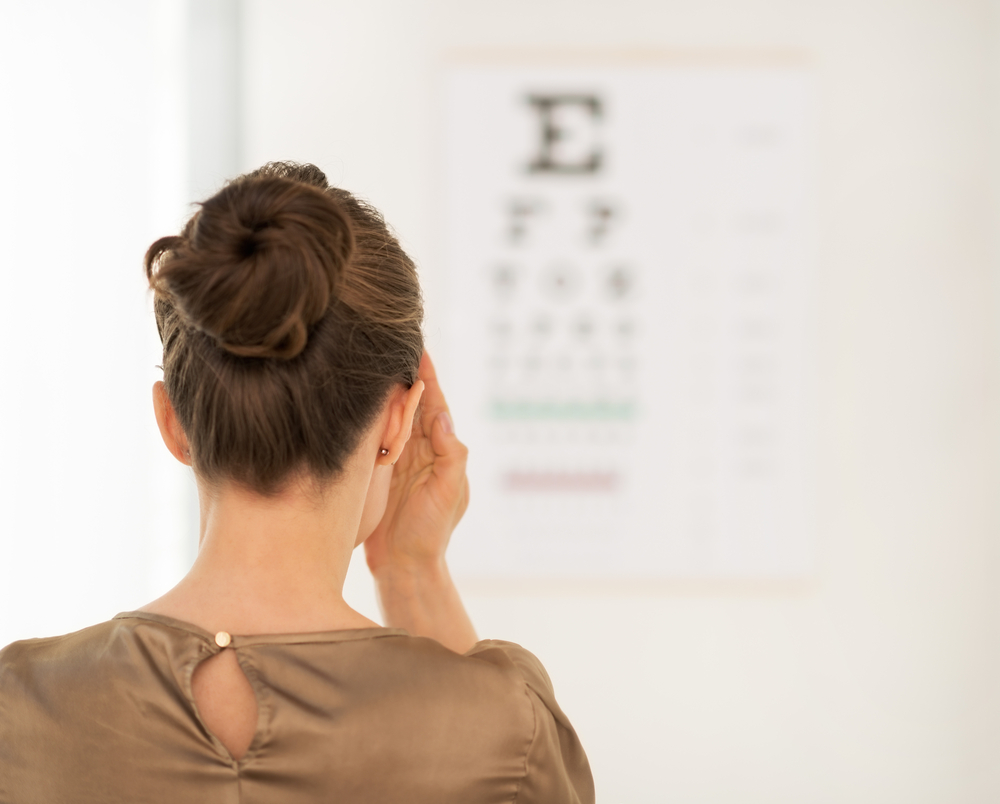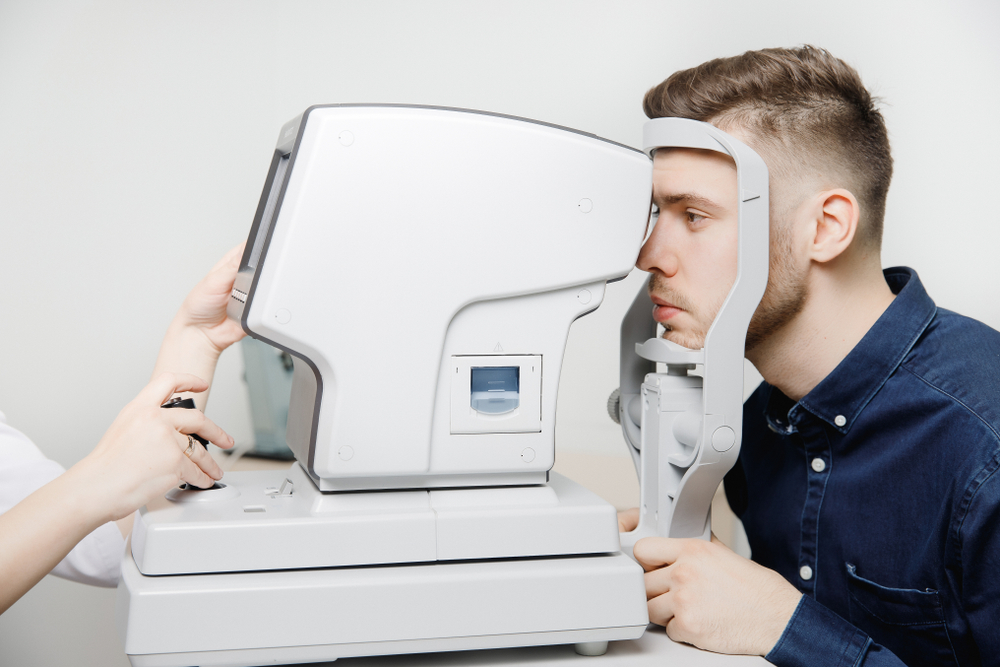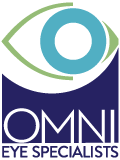What is an Eye Doctor Looking for During an Eye Exam?
March 29, 2024
It's vital to have eye exams, no matter what kind of vision you have. Many eye conditions can affect how healthy your eyes are, and many don't show any noticeable symptoms in the early stages.
Scheduling eye exams regularly may be the only way to detect many of these issues early to ensure diagnosis and treatment. Seeing your ophthalmologist for eye exams can even save your vision in some cases.
If you have pre-existing problems with your vision, like refractive errors, you should have eye exams more frequently. You should also have eye exams more frequently if you're over 40. Once you're over 40, you're at an increased risk of developing certain eye conditions, many of which are age-related.
Many patients wonder what their eye doctor is examining their eyes for while conducting various tests and measurements during an eye exam. There are several things that an eye doctor looks at during a comprehensive eye exam. Keep reading to learn what an eye doctor looks for during an eye exam and why they are so important!
Your Visual Acuity and Prescription
 The first thing most eye doctors will look at while examining your eyes is how well you can see. Another name for this is visual acuity.
The first thing most eye doctors will look at while examining your eyes is how well you can see. Another name for this is visual acuity.
Measuring visual acuity involves tests that have you read letters or numbers off a chart. Testing your visual acuity is an excellent first step to seeing if you're having difficulty seeing.
If you're struggling to discern letters and numbers on a chart, it's a sign that you may have a refractive error or other visual issue. If you have a refractive error and need glasses, they'll also do another test called refraction.
Refraction measures your prescription. If you use visual aids, updating your prescription every year with these tests is necessary, even if you already have glasses or contacts, as your prescription may need to be updated.
How Well Your Eyes Work Together
Your eye doctor will likely examine how well your eyes move together during an eye exam. They do this by having you follow an object in their hand as they move it around.
Having you follow an object helps your ophthalmologist determine how well your eyes work and move together. If one eye isn't moving as well as the other, it can be a sign of strabismus, often called lazy eye.
It can also indicate other issues with the muscles that control your eye.
How Your Pupils Respond to Light
By simply shining a small light in your eyes, your eye doctor can see how well your pupils respond to light. Your pupils should get smaller when exposed to light.
If they don't, it can indicate a problem with your eyes. If you've had any trauma to the head, it can also indicate a serious brain injury that requires prompt medical attention.
Learn More About Comprehensive Eye Exams
How Good Your Peripheral Vision Is
Your eye doctor can perform different tests to evaluate your peripheral vision, which refers to your ability to see your vision at the sides.
Issues with your peripheral vision can indicate issues with how healthy your eyes are, the most common of which is glaucoma. Glaucoma causes your peripheral vision to become blurry and, left untreated, even go completely dark, causing gradual tunnel vision.
Ideally, you want to have glaucoma diagnosed and treated as soon as possible. Glaucoma has few, if any, noticeable symptoms, meaning most patients experience permanent and irreversible vision loss before being diagnosed.
Luckily, your ophthalmologist can run other tests to spot earlier signs of glaucoma if it's suspected.
If You Have High Eye Pressure
Your eye doctor can use different methods to test your eye pressure or intraocular pressure (IOP) during an eye exam. If you have glaucoma or your eye doctor suspects you are about to develop glaucoma, your intraocular pressure can be increased.
Glaucoma is usually caused by a buildup of fluids in the eye, which causes pressure to push on the optic nerve and damage it. Measuring intraocular pressure to see if it's elevated is an excellent way to diagnose and treat glaucoma as early as possible.
If You Have Any Damage to Your Cornea
By examining the outside of your eyes, your eye doctor can tell if you have any corneal damage. The cornea is the transparent front part of the eye, and it can be subject to abrasions.
Undiagnosed corneal abrasions can cause scar tissue to form and, if infected, can cause corneal ulcers, which cause further scarring. Examining your cornea closely can help your ophthalmologist see if you have any of these issues that can affect both your eye health and your vision.
If Your Natural Lens is Cloudy
Your eye doctor can examine your eye's natural lens using simple tests. This is usually to see if you have cataracts, a common condition that manifests as cloudiness inside the lens.
Cataracts often don't present symptoms at first. However, by diagnosing them early, your ophthalmologist can monitor their progression and recommend cataract surgery once they significantly affect your vision.
If You Have Any Damage to the Retina or Optic Nerve
 By examining the inside of your eye through eye dilation and special imaging equipment like Optical Coherence Tomography (OCT), your eye doctor can closely examine the inside of your eye. This allows them to see even minute signs of damage to the retina and optic nerve.
By examining the inside of your eye through eye dilation and special imaging equipment like Optical Coherence Tomography (OCT), your eye doctor can closely examine the inside of your eye. This allows them to see even minute signs of damage to the retina and optic nerve.
Optic nerve damage can indicate glaucoma and retinal damage can indicate several conditions, such as diabetic retinopathy and macular degeneration.
Close examination of the inside of your eye is vital in diagnosing these issues quickly so they can be monitored and treated when appropriate. Having eye exams is the best way to keep your eyes healthy by looking for signs of common eye conditions, especially as you get older.
Is it time to make your eyes a priority? Take the next step by scheduling your general eye care appointment today at OMNI Eye Specialists in Baltimore, Rosedale, Glen Burnie, Catonsville, and Parville, MD! Isn't your precious vision worth it?



